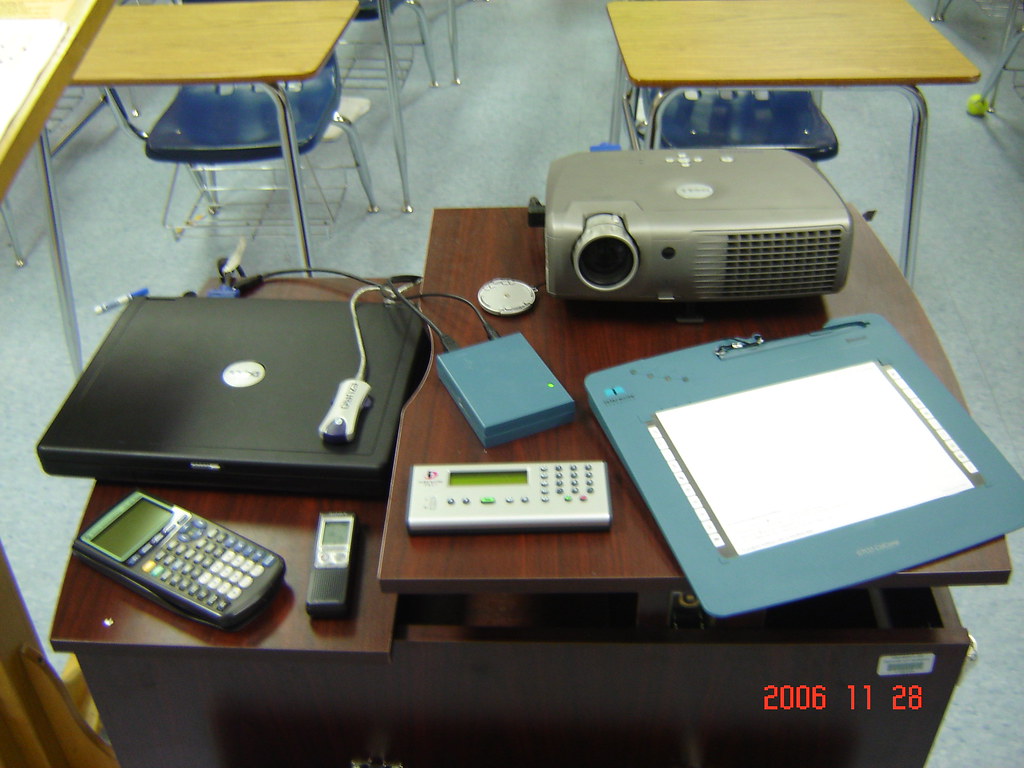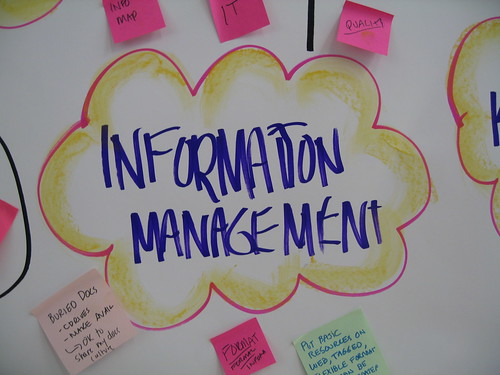 |
| Photo Credit to krissen on Flickr |
Focus Question: How can teachers integrate podcasts and vodcasts into their teaching?
Prior to reading this chapter I did not realize their was such thing as a vodcast; I assumed that a podcast included both audio and video. According to the text a vodcast is comprised of both audio and visual, and just like podcasts is available for access online from a computer or portable media player. There are an abundance of educationally appropriate podcasts and vodcasts available for teachers to present to their students. iTunes and Podcast Alley are just a few of the sources that enable a teacher to search for specific educational topics presented via podcast. Podcasts and vodcasts can certainly be used to improve and enhance the educational experience of the student. If the teacher has a class blog, he/she can post a self made podcast of the lessons or material for students to further review outside the classroom setting. There are endless possibilities when incorporating technologies such as podcasts and vodcasts into the classroom. From presenting outside material to further the subject matter of a lesson, to incorporating a personal podcasts reiterating and reflecting classroom material, this integration of technology can be beneficial and a successful alternative to traditional lectures and reviews.
The following video is a perfect example to show how a teacher may include a vodcast into the learning experience of the student. This could be posted to a class blog where the student can access and reflect from home or any other location outside of the classroom. By providing a vodcast to their students, the teacher enables the opportunity for the students to expand on the material.
Tech Tool Link: Digital Storytelling
This makes me so excited, like five year old Shanna excited! The Educational Uses of Digital Storytelling website is run by the University of Houston and provides a plethora of resources, videos and directions on how to creating a digital storybook. Digital storytelling allows one to create an interactive story using digital media. The stories can range from personal, historical, narrative, and more; the possibilities are endless. In the classroom, having a student create a digital story not only allows them to train their technological muscles, but it also provides an opportunity to incorporate the lesson materials in a fun and different manner. With such a range of different technology based tools, there leaves little excuse for students to be inundated with the mundane archaic approach to instruction of non-interactive lectures.
Summary & Connection:
Multimedia technologies allow teachers to create a learning experience for their students that expands from the traditional two-dimensional text. With technology, information and instruction can be presented via video, text, picture and audio in the interactive realm. Power points, pod and vodcasts, digital images and movies are just a few of the wonderful ways a teacher can incorporate multimedia technology to enhance the learning environment for their students. By using multimedia technologies, students have a more hands on approach to learning and are more engaged into the material. Multimedia technology also gives the teacher an opportunity to provide further reflection outside of the classroom via blogs or classroom websites, allowing for an ever accessible classroom no longer inhibited by four walls and time frames.
 |
| Photo Credit to jsgeometry on Flickr |
Resources:
Maloy, Robert, Verock-O’Loughlin,Ruth-Ellen, Edwards, Sharon A., and Woolf, Beverly Park (2011). Transforming Learning with New Technologies. Boston, MA: Pearson Education, Inc. ISBN:10 0-13-159611-X, ISBN:13 978-0-13-159611-5





